It was in 1927 that Achod Fringhian bought the Château de Boursault estate. Four generations later, in 2015, Alex Fringhian joined his father who has been running the estate for over 40 years. With an unusual career, having initially chosen to make his way in the automotive industry, the lure of the land and the need to reconnect with his roots finally gave way. Alex then took a one-year training course to earn a professional certificate in “Vineyard Management”, offered at Avize Viti Campus Lycée, located close to the Côte des Blancs before joining his family, to learn all the insider knowledge acquired over the decades.
An exceptional estate
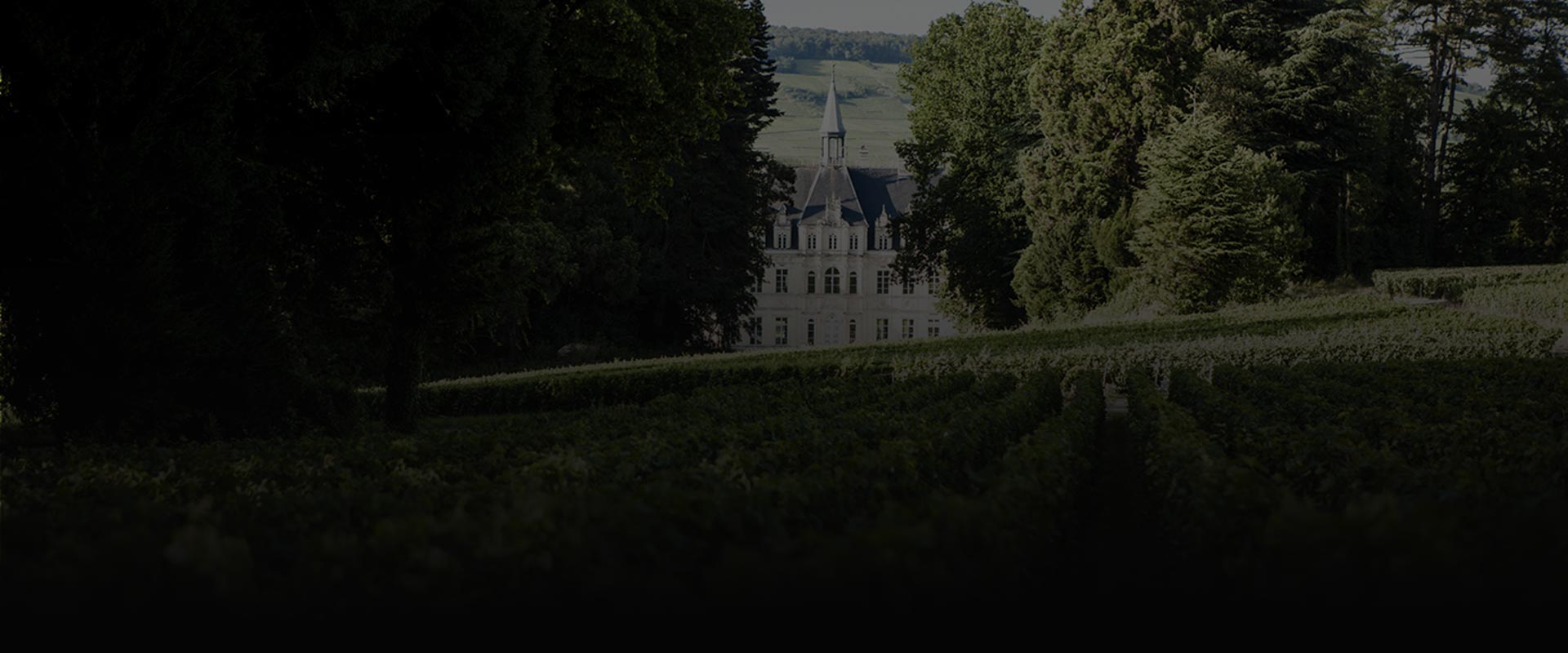
An exceptional estate

THE CHÂTEAU
In the small wine village of Boursault,
the château sits proudly overlooking the left bank of the Marne valley, 10km west of Epernay, the capital of Champagne.
Built on the ruins of a fortified castle that belonged to the Barons de Boursault, the Château de Boursault is in the Neo-Renaissance style; it resembles the Château de Chambord: while the latter has 35 chimneys, the Château de Boursault boasts 365 doors and windows.
Viewed from the front, the Château de Boursault retains a splendor and grand presence that amazes onlookers from the very first glance: a monumental architecture, with a high roof decorated with decorative spikes at the top, windows with ornate pediments: a building designed for the pomp of receiving guests.
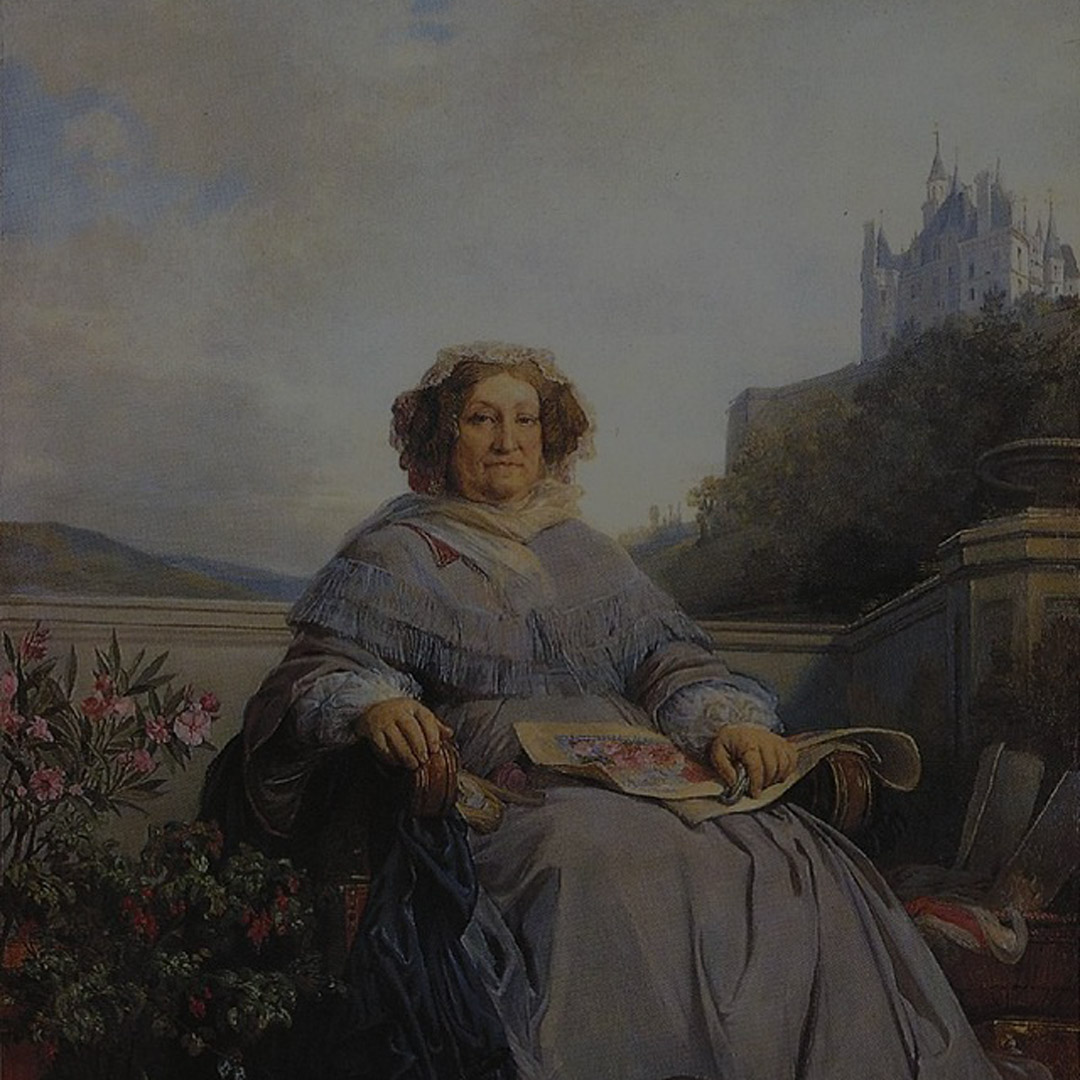
In 1843, Madame Clicquot entrusted the construction of the Château de Boursault to the architect Arveuf, on the left bank of the Marne downstream of Epernay, as a generous gift to her daughter, wife of Louis de Chevigne and her granddaughter. Marie-Clémentine received it as a dowry when she married Louis de Rochechouart-Mortemart.
In 1870, the Founder-Mayor of the city of Arcachon, Adalbert Deganne, commissioned a replica of the Château de Boursault. Legend has it that due to his mad love affair with Mademoiselle Clicquot’s which started in 1839, he bought the plans of the Château from Sieur Arveuf so he could live in the exact replica of his muse’s mansion, today it houses the casino of Arcachon.
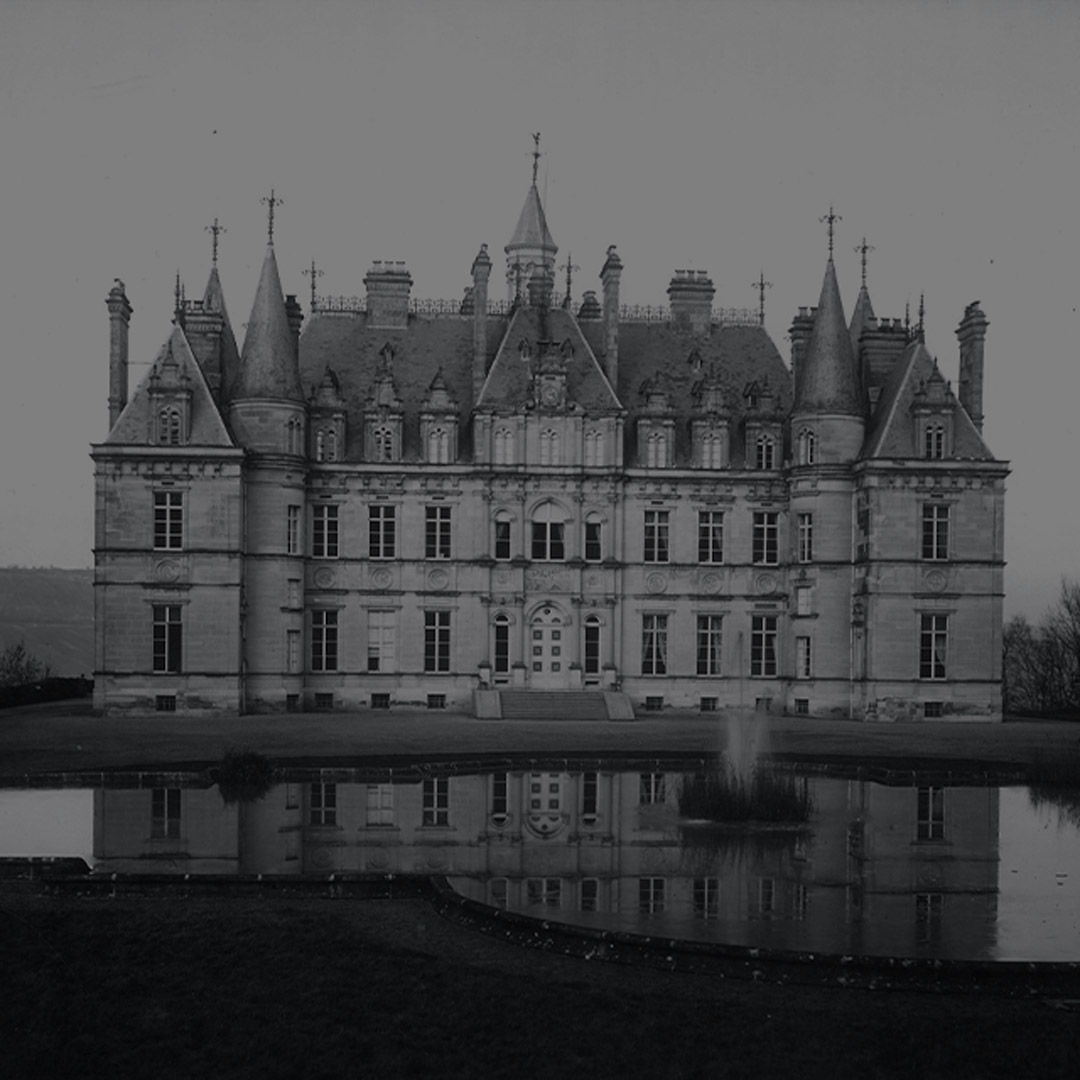
The Champagne House of Veuve Clicquot
In the middle of the 19th century, Boursault became one of the most popular places in the region: memorable gatherings and famous dinners where the precious champagne flowed took place around Madame Clicquot the “Queen of Reims” featuring the high society of Champagne. Madame Clicquot received customers from her prestigious brand of Champagne in her lavish ceremonies. She retired there at age 64 and died at the age of 89. From the Chevigné-Mortemart marriage Anne was born, who became duchess of Uzes through her marriage to the 12th duke of Uzès in 1867. Finally, in 1913, the Duchess got rid of the Castle.
During the First and Second World War, the Château was converted into a military hospital twice. Most notably, in February 1945, the castle of Boursault was transformed into a “Rescue Hospital”, taking in wounded soldiers from the famous 101st airborne division of American forces, returning from the famous battle of Bastogne, in Belgium. The 101st Airborne division, also known as the “Screaming Eagles”, distinguished itself during the Normandy landings in June 1944.
THE VINEYARD
Holding one of the only titles of “Château” in Champagne, our farm is located on the estate that belonged to the Great Lady, Madame Clicquot.
The vineyard, dominating the left bank of the Marne valley in the heart of Champagne, has a rare feature in Champagne: almost all our vines are located around the Château de Boursault, enclosed by walls inside which you will find our winery, our cellars and our wine press.
The concept of local produce takes on its full meaning here, with a unique knowledge and expertise of the compatibility between vineyards, land and climate. This know-how is accompanied by a strong ecological awareness, which has earned the Champagne Château de Boursault two awards for Sustainable Viticulture and High Environmental Value.
The 3 traditional grape varieties of Champagne make up the estate’s vineyard for the production of Champagne Château de Boursault: Pinot Noir for strength and body, Champagne grape for suppleness and fruitiness, and Chardonnay for freshness and sharpness.
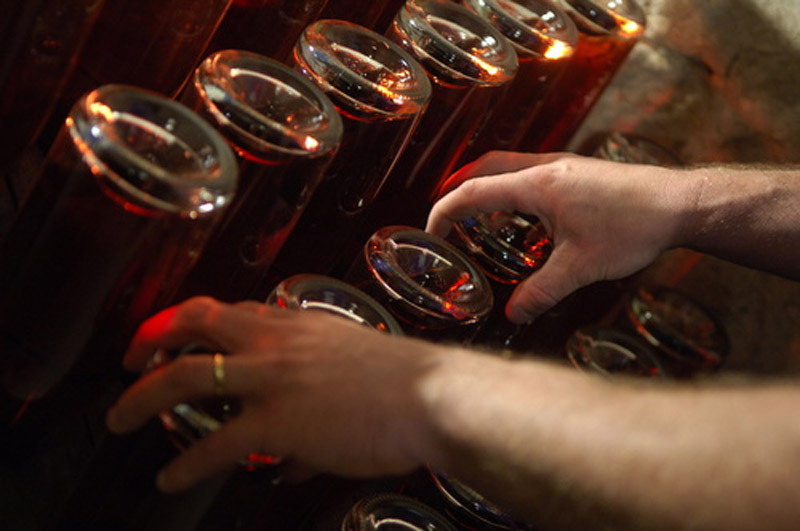
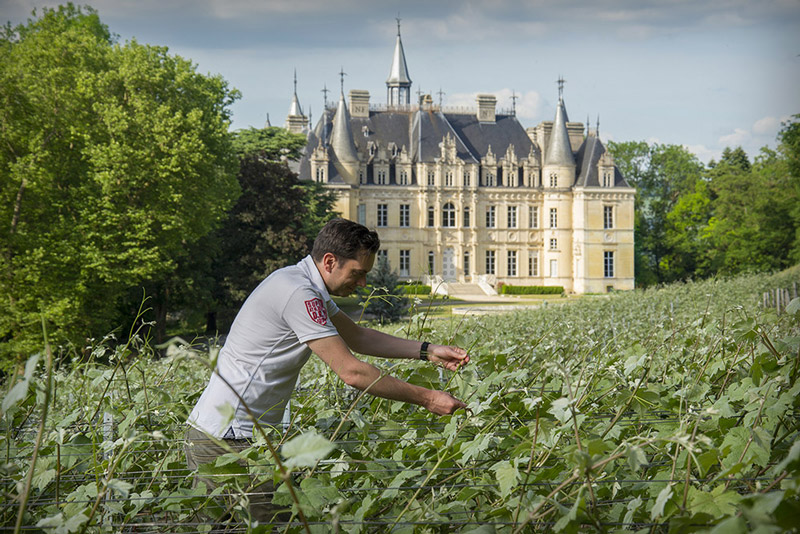
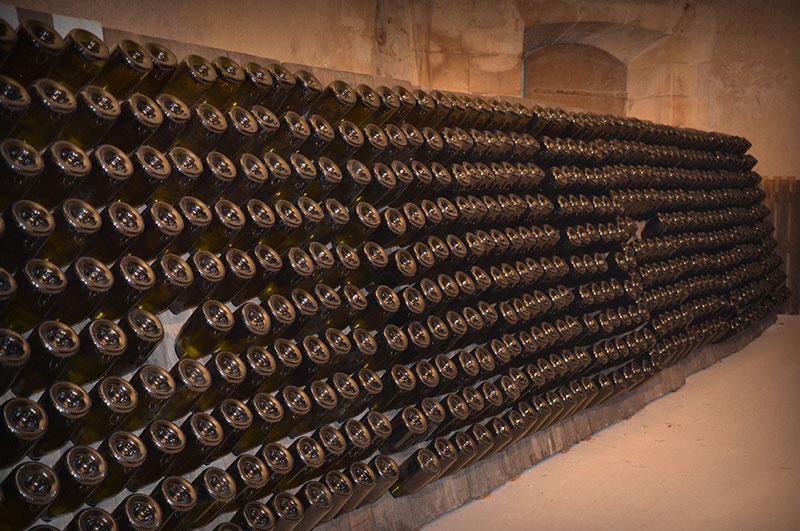
EXPERTISE
The Château de Boursault is one of the few estates in Champagne to have an enclosed space in which you’ll find the vineyards, a wine press, a winery and cellars.
The champagne is developed using a handcrafted process passed down from four generations, producing high quality, rich and varied champagnes, emphasising the freshness and sharpness of the aromas, with the greatest respect for both tradition and the environment. Champagne Château de Boursault is one of those very rare producers of wine who develop their Champagne Rosé using the “bleeding” method, achieved by allowing the juice to briefly macerate with the skin of the grapes.
The natural pigments contained in the skin of the grapes will then colour the juices by enriching them with their subtle but deep aromatic components of red fruits. This rosé de saignée champagne, richer than blended pink champagne, generally produces a more intense rosé with nuances that vary from year to year.
- Tuesday to Friday : 9am-12pm & 2pm-5pm
- Saturday: 9am-12:30pm & 2pm-5pm
- Sunday & Monday: Closed
2 rue Maurice Gilbert, 51480 Boursault – France
The château is not open to visitors.
You can book a visit to the château’s cellars
It is forbidden to sell alcohol to minors, and alcohol abuse is dangerous for your health. Drink in moderation.
© 2024 Champagne château de boursault • Terms & Conditions • Terms of sales • Cookie Policy • Privacy policy • Communication agency – impaakt